Our pick of the key stories from the past week, including Paris’ Circulation(s) festival of emerging European photography, the first-ever Kyiv Photo Book festival, and Todd Hido’s Bright Black World
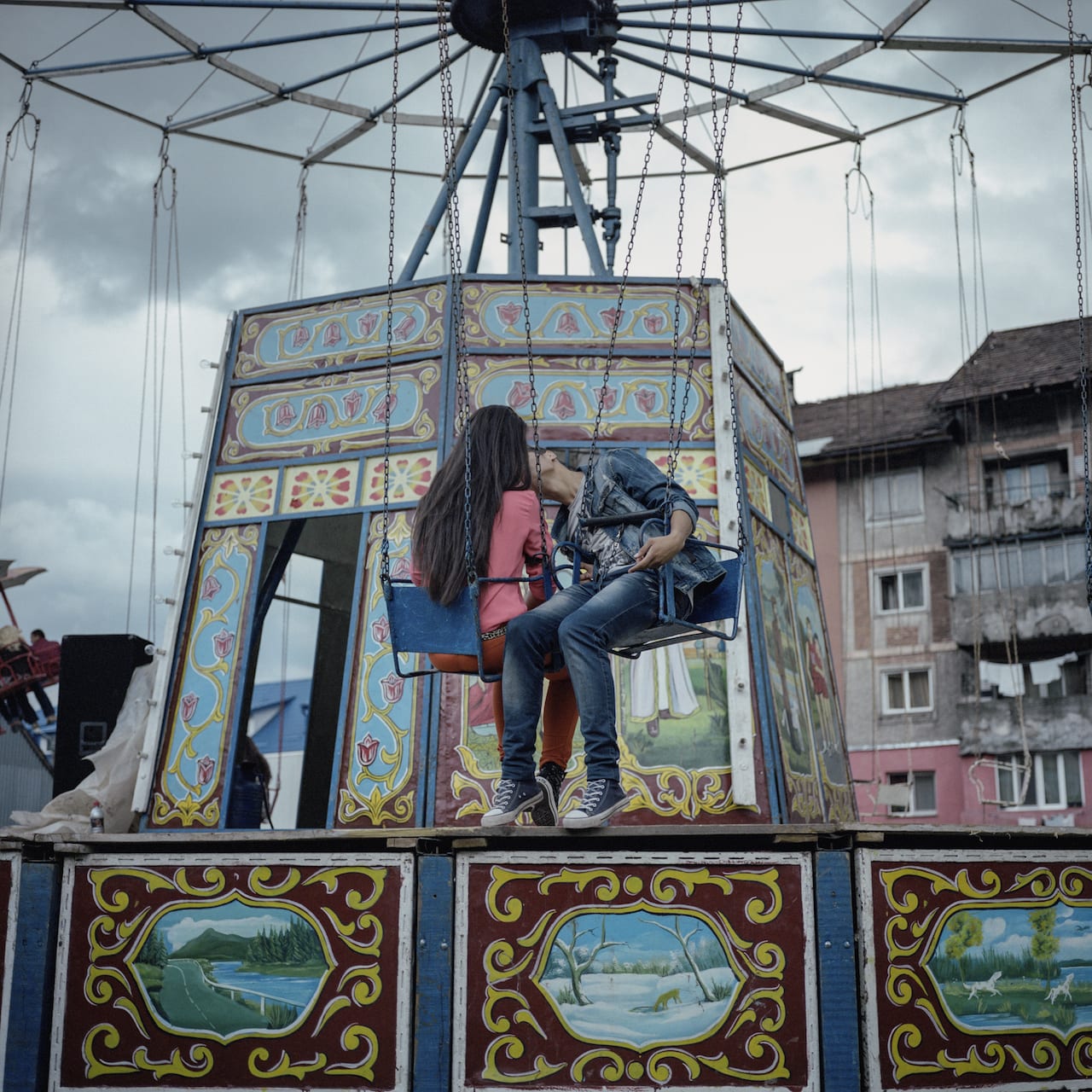

Our pick of the key stories from the past week, including Paris’ Circulation(s) festival of emerging European photography, the first-ever Kyiv Photo Book festival, and Todd Hido’s Bright Black World

The 18-year-old Hamburg Triennial will be directed for the second time by Polish curator Krzysztof Candrowicz, who moved to Hamburg four years ago and set about transforming the it, bringing people and institutions together, and determined to make it more relevant to the viewing public. The 2015 edition was, he says, “The first holistic attempt to create the collaborative framework of the festival. Before, the museums were basically highlighting their own exhibitions, but there was no actual curatorial collective structure.” The determinedly political and environmentally-conscious theme this year was inspired by an amalgamation of many factors, he says, including spending a year “away from structured, mechanised and commercial reality”, travelling around Latin America, Nepal and India. “Breaking Point became, for me, a metaphor for rapid and sometimes unexpected transformation on a personal and global level.”
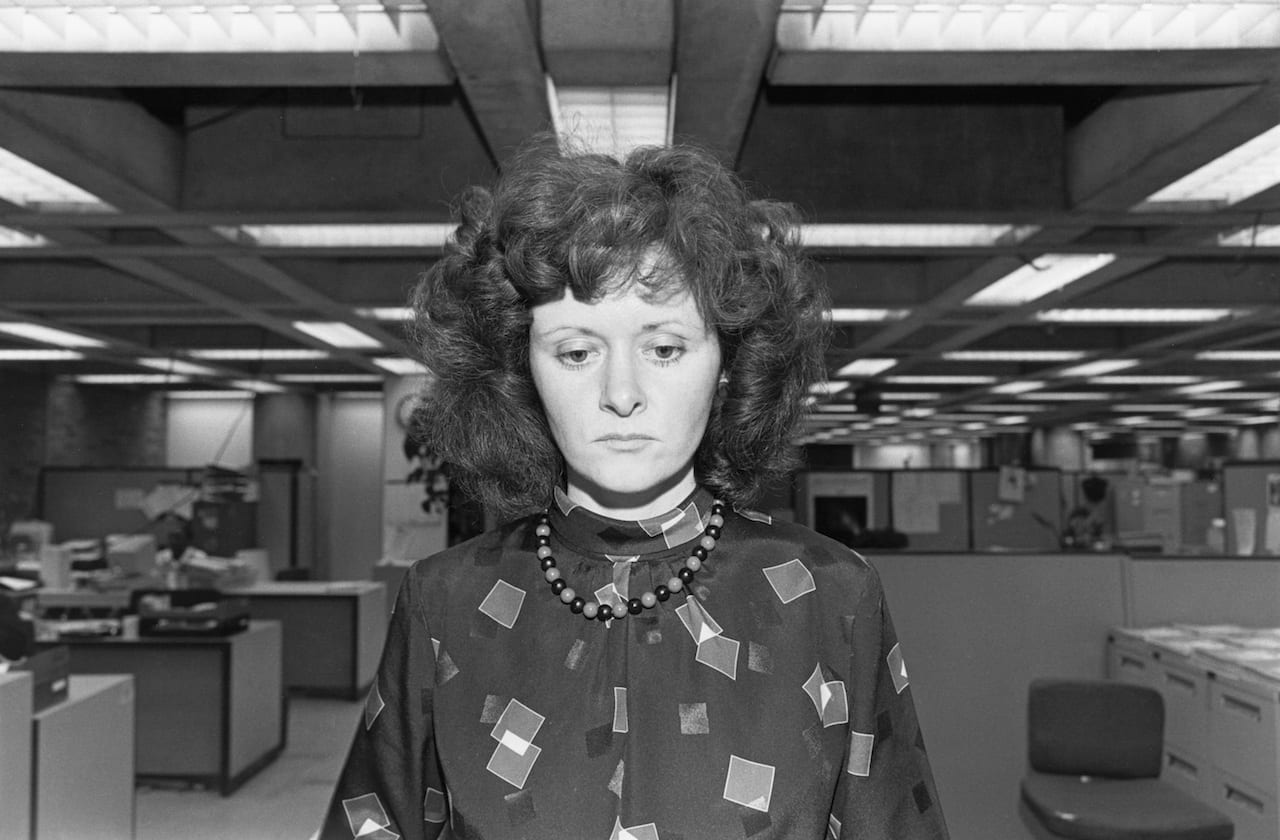
Foto/Industria Biennial returns to Bologna, with 14 exhibitions centring around the idea of identity and illusion in photographs of work, curated by Francois Hébel and including image-makers such as Thomas Ruff, Josef Koudelka, Lee Friedlander, Joan Fontcuberta, Alexander Rodchenko, Mitch Epstein, Yukichi Watabe, John Myers and Michele Borzoni.
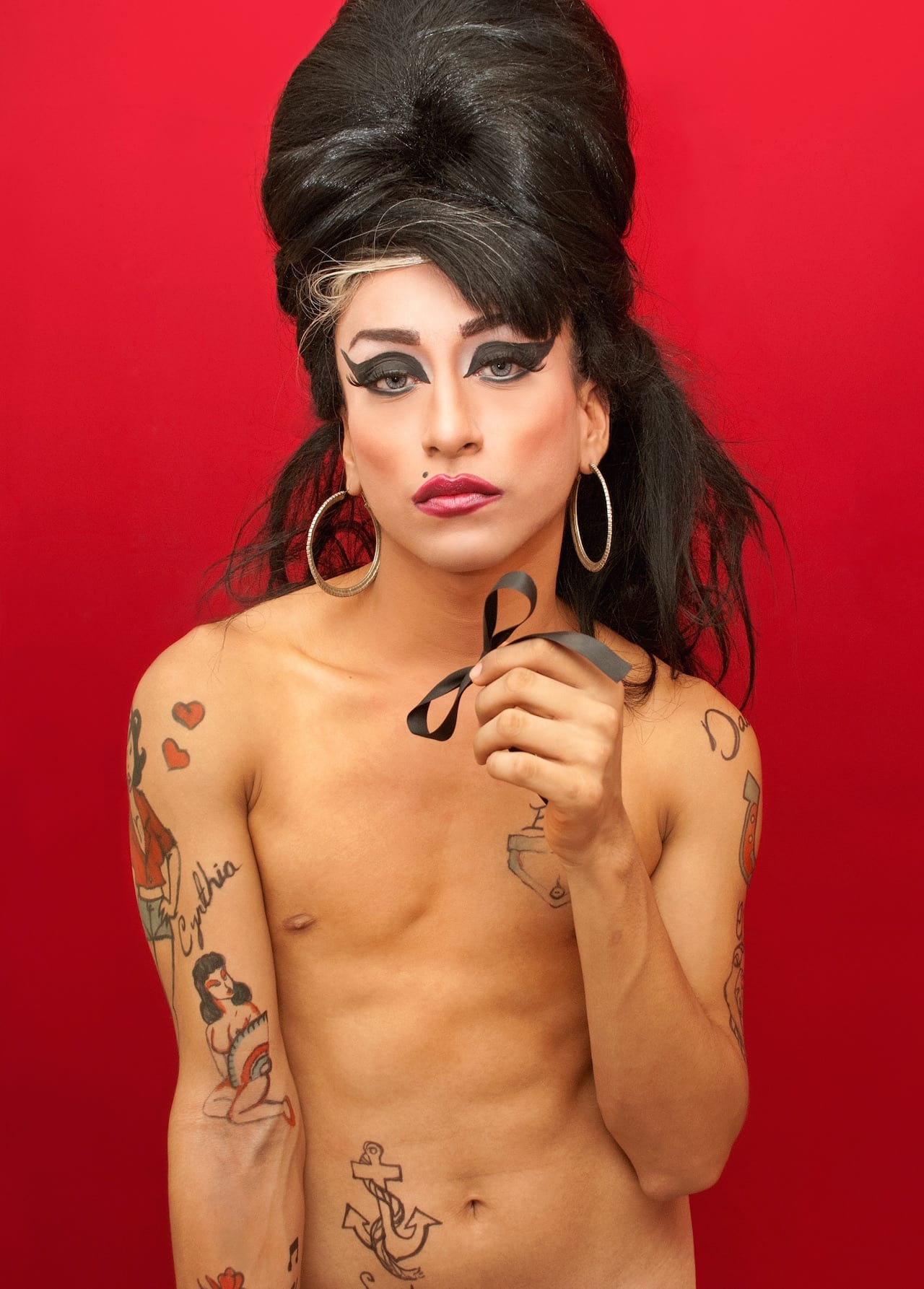
For its 15th birthday, North America’s leading photofestival takes on a new name. Momenta: Biennale de l’image is designed to denote a more studied approach than the previous Month of Photography identity and is entirely in keeping with the direction of the festival – in recent years, under the creative direction of artists, curators and academics including Joan Fontcuberta, Paul Wombell and Marie Frase, it has addressed themes such as the ‘post-photographic’ condition and the impact of automation in image-making. This year’s invited curator is Ami Barak, a French visual authority.
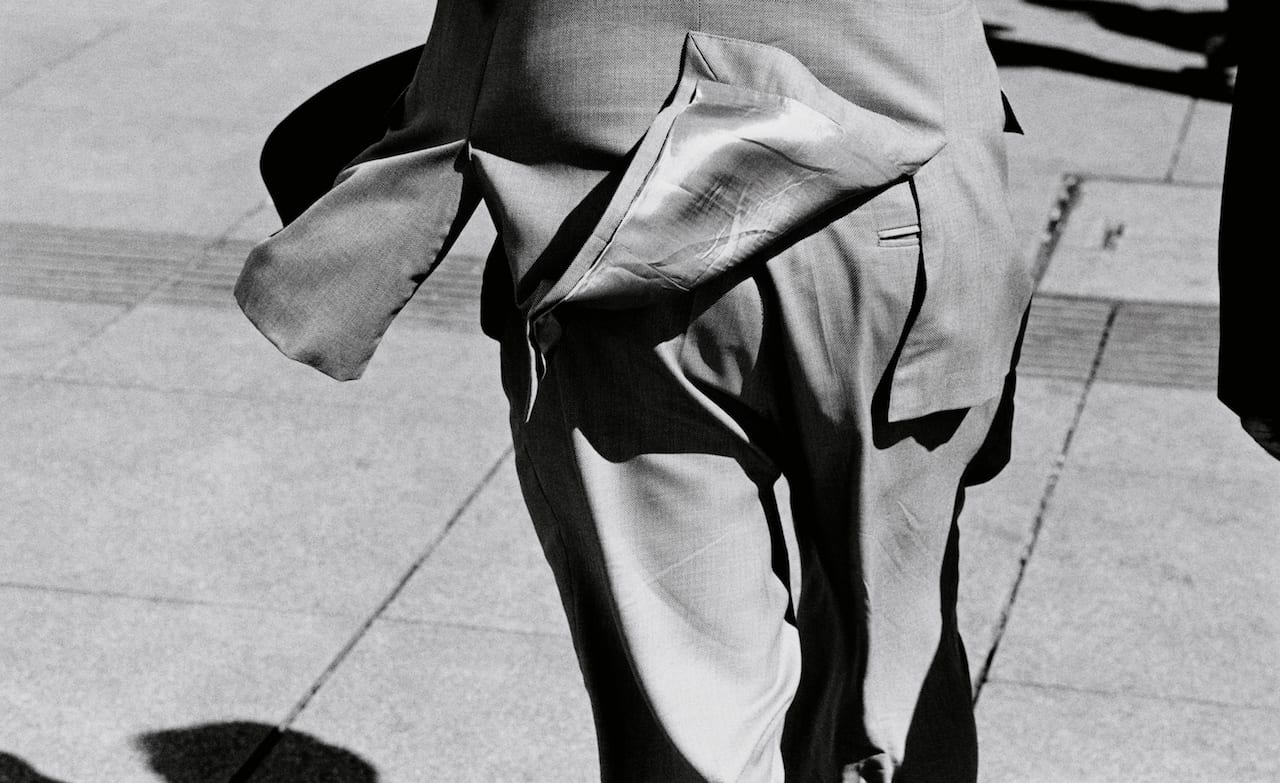
Blank Paper: Histoires du présent immédiat [Stories of the Immediate Present], which features recent work by Julián Barón, Ricardo Cases, Federico Clavarino, David Hornillos, Alejandro Marote, Óscar Monzón, Bernardita Morello, Miren Pastor, Michele Tagliaferri, Fosi Vegue and Antonio M. Xoubanova, opened this week at the offbeat Ground Control space in Arles. Images from the six-member collective are intertwined with those from teachers and alumni from the eponymous school
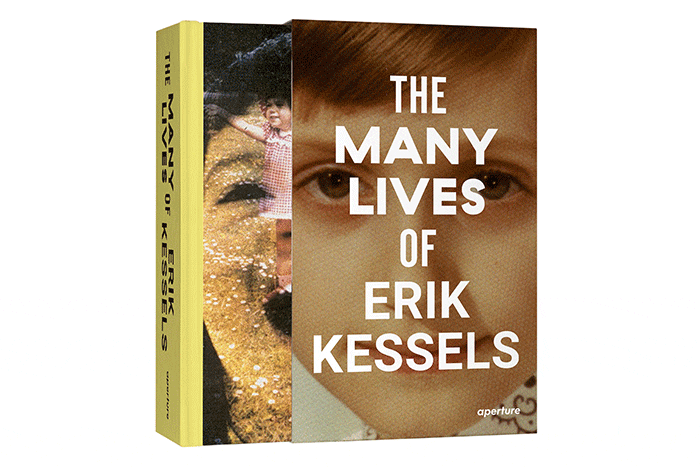
“People consume photographs,” says Erik Kessels, “they don’t look at them anymore.” It’s a theme he’s played with in his work, most notably in the installation 24hrs In Photos, in which he printed out all the images posted on Flickr on a single day.
In November 2001, the US-led military action against the Taliban in Afghanistan appeared to be…